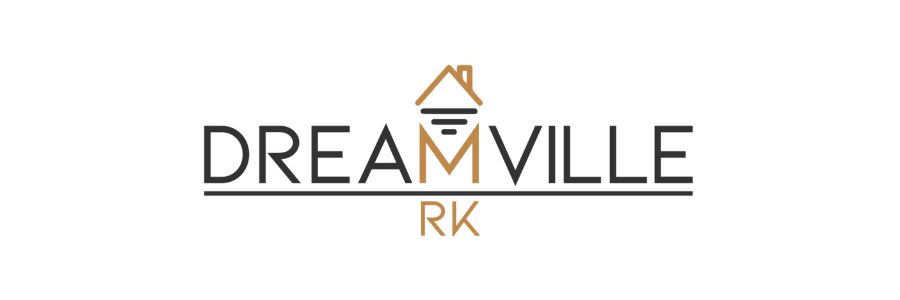The Czech koruna has fallen below 23.25 CZK/EUR in recent days, hitting the maximum of the last 15 years
How the Czech currency has been performing over the past period
The Czech koruna, the official currency of the Czech Republic, has had ups and downs in recent years, showing instability, still suffering from the 2020 Pandemic, which had a significant impact on the country’s economy and consequently on the currency, which lost value. It continued to show fluctuations again in recent months caused by the economic crisis that occurred last year in the Czech Republic, but despite this, today the situation seems to be improving and the Czech koruna is strengthening again, both against the euro and the dollar. Analyst at Portu, an investment platform, Radim Krejčí, said that the Czech koruna is supported by a positive sentiment in the capital markets, a high-interest rate differential, and a change in the rhetoric of central bankers, linked among other things to cooling inflationary pressures, and if this sentiment as well as the macroeconomic development continues, the Czech Republic currency could reach very strong levels in the coming months, up to a level of 23 koruna per euro.
The table below shows the trend of the Czech Crown against the euro from April 2018 to April 2023:
| year | rate | |
| 2023 | 23.25 | CZK/EUR |
| 2022 | 24.42 | CZK/EUR |
| 2021 | 25.93 | CZK/EUR |
| 2020 | 26.85 | CZK/EUR |
| 2019 | 25.62 | CZK/EUR |
| 2018 | 25.31 | CZK/EUR |

What is the current exchange rate of the Koruna
Last Thursday, 13 March, the koruna touched CZK 23.3 per euro, making it the strongest against the European koruna since 22 July 2008, as reported by Lukáš Kovanda, chief economist at Trinity Bank, and a few days ago the Czech Republic’s currency strengthened further from Thursday’s figure, touching its highest level in fifteen years, falling below CZK 23.25 per euro. According to Czech author and economist Kovanda, in the entire history of the euro, the Czech koruna has only traded below the 23.30 mark on six days, specifically in July 2008. Moreover, the strengthening did not only occur against the euro but also against other currencies such as the US dollar at 21.06 CZK per dollar or the British pound at 26.39 CZK/GDB.

What to expect from the Czech Crown in the Future
Analysts generally agree on a further possible strengthening of the currency, possibly even reaching below 23 CZK/EUR and 21 CZK/EUR, as Petr Lajsek, an analyst at Purple Trading, says the koruna will be able to create all-time highs and perhaps even persist for a long time. Similarly, Radim Krejčí, states that in his opinion, if inflationary pressures in the world continue to weaken in the coming weeks and months and central banks react to them by adjusting their monetary policies, the Czech currency has no reason to weaken. He adds, however, that the moment the CNB decides to start a cycle of lowering its key interest rates, a return to weaker levels of around 24 kronor per euro could occur, and in support of this, the analyst at Purple Trading also expects a significant weakening of the Czech currency should the CNB decide to lower rates. Both predict that this could happen as early as this year, in particular in the third or fourth quarter of 2023. Similarly to previous reports, analyst Vít Hradil states that the Czech koruna offers an attractive combination of high yield guaranteed against weakening by the CNB’s massive foreign exchange reserves, but the koruna’s market favour will not last long, in fact, if favourable market sentiment could still keep the koruna strong in the coming weeks, within a few months expectations are for a weakening towards CZK 23.80 per euro.
Source: https://www.novinky.cz/
Graphic Source: https://storyset.com/
Source of images: https://pixabay.com/








